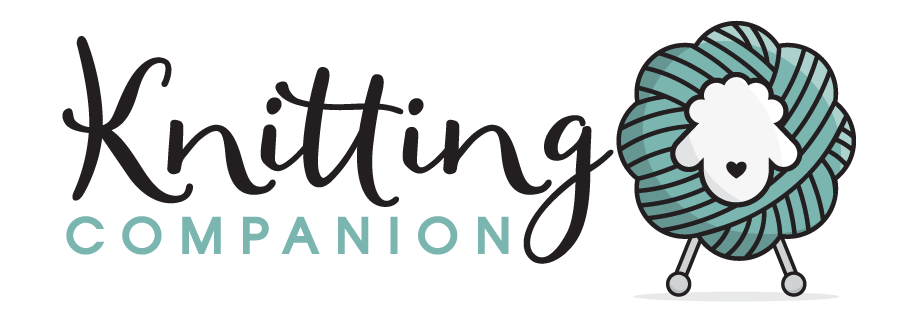Stranded Colorwork: Basics & Beyond Class Review

THE REVIEW
 Colorwork is a technique I’ve aspired to since I first started knitting, but learning seemed challenging. I was pleased when I realized that I could add stripes rather simply by just starting a new ball of yarn at the start of the row, but I would drool over images of gorgeous mittens, hats, and sweaters that used multiple colors. I finally decided it was time to take the plunge and learn.
Colorwork is a technique I’ve aspired to since I first started knitting, but learning seemed challenging. I was pleased when I realized that I could add stripes rather simply by just starting a new ball of yarn at the start of the row, but I would drool over images of gorgeous mittens, hats, and sweaters that used multiple colors. I finally decided it was time to take the plunge and learn.
Initial learning attempts were all done online, watching YouTube videos and getting confused time-after-time. The patterns I was selecting were too challenging (not that I knew it at the time) for a beginner, and I would get frustrated and frog the entire project. Once I discovered the Craftsy platform, I quickly flagged the course. I had some hesitations about it due to some of the comments that were left about Sunne’s teaching style and the slight sing-song cadence she employs, but I dove in anyway, eager to learn.
Sunne starts the course off talking about what Fair Isle is and color selection, then dives into what floats are and how to trap them (“floats” are essentially the strands of the colors not being used at the moment that are carried behind your work; “trapping” them simply means manipulating them so that they stay close to your work and don’t leave gaps that fingers can slip into). She covers three different methods of trapping floats, depending on your personal knitting style. She recommends using a two-handed style for knitting Fair Isle: knitting one color in your primary method of knitting (throwing or picking) and knitting with your contrast colors using the alternate method, so that you are ultimately knitting in both English and Continental styles on the same project. I followed this advice, and I think it was really helpful in keeping my strands sorted out and avoiding a lot of twisting of my yarn balls.
The patterns she selected for this course are really good; not only are the patterns themselves nice, but each one advances the student one level deeper into Fair Isle. For example, the Evergreen Lake Mittens don’t require trapping any floats but do have you get used to working with two colors throughout your rows, and you get accustomed to reading charts. The next pattern, the Sawatch Mittens, takes these techniques and adds another wrinkle: you have to consistently trap your floats, and you have an alternating pattern on the front and back of your mittens. The final pattern is the San Isabel Mittens, and these employ three colors, jogless jogs, and a picot edge; there’s a lot that goes on in these mittens. By the time you hit the final pair, she suggests that you may want to make them in a fingerless version and there are modifications in the Questions section that explain exactly how to do so. I was tired of making mittens and went the fingerless route; I actually think they’re better looking this way. With each pattern, Sunne goes into detail of talking you through each new step, such as how to work the thumb gusset or how to do a jogless jog. These are not necessarily Fair Isle knitting techniques that need more explanation, but they are important to turning out work that you can take pride in wearing and giving.
Lastly, Sunne covers fixing mistakes and adding embellishments, like adding a third color onto your work where it doesn’t make sense to actually knit the stitches with a ball of yarn. She covers in good detail closing the thumb gaps through weaving in your ends, and how to dip down a few rows if you discover a pattern error. I utilized all of these, and the 30-second repeats that Craftsy offers was also put to good use as I mastered all of the new techniques.
As I went through the course, I did find that I had a few questions and I posted them. I was nervous that since I hadn’t taken the course as soon as it was made available that she might not be responsive, but Sunne was actually really good about responding. I did learn that I had to log into the Craftsy platform and look for her responses; Craftsy doesn’t notify you when you get a response (Craftsy folks, if you’re reading this, that would be a REALLY nice feature to add).
I’m now knitting Fair Isle on a regular basis and enjoying it. I feel like I’ve learned the skills I needed to be completely successful knitting any new project.

